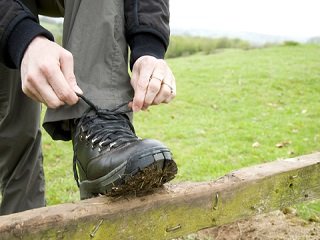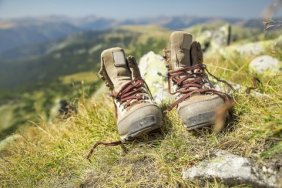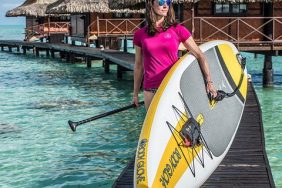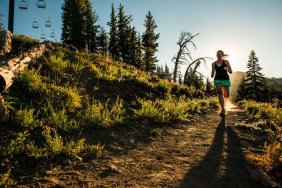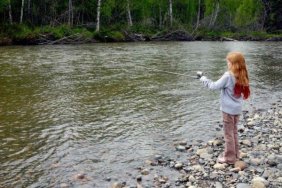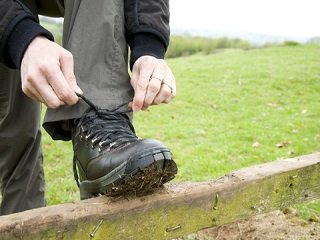 When you’re a little unfamiliar with outdoor gear, the myriad of terms and concepts thrown at you via catalogues, websites, and sales associates can become overwhelming and confusing. I encourage everyone to always ask for clarification if something is unclear to you, especially when it involves the outdoor: doing so may change your life. Hiking boots and shoes are one example of outdoor gear that seem to come with a lot of different words, which is why today I’ve provided you with a short glossary of hiking boot and shoe terms that should help familiarize you with the various components of boots.
When you’re a little unfamiliar with outdoor gear, the myriad of terms and concepts thrown at you via catalogues, websites, and sales associates can become overwhelming and confusing. I encourage everyone to always ask for clarification if something is unclear to you, especially when it involves the outdoor: doing so may change your life. Hiking boots and shoes are one example of outdoor gear that seem to come with a lot of different words, which is why today I’ve provided you with a short glossary of hiking boot and shoe terms that should help familiarize you with the various components of boots.
Heel-Drop
This refers to the difference in height between the heel and the forefoot of a boot or shoe. Smaller heel-drops are ideal for runners because it makes landing on their mid or forefoot easier when running. A large heel-drop promotes a heel-to-toe stride.
Insole
A removable liner that creates support and cushioning.
Notch (Achilles Notch)
A cutout in the rear of the ankle that helps ease pressure on your Achilles tendon during hikes.
Foam (EVA and Polyurethane)
EVA is a foam rubber material used in midsoles to provide cushion. Polyurethane is denser than EVA and provides more durability and protection, as well.
Rocker
This is the heel-to-toe curve of the sole that promotes an easy, natural stride.
Shank
A stiff piece of nylon or TPU (thermoplastic polyurethane) that runs lengthwise and protects your foot from flexing too much, which can cause fatigue.
Rand
The rand is a band of protective rubber or leather that wraps around the lower portion of a boot to create further protection and resistance to abrasion.
Last
Appropriately saved for last, this is the foot-shaped foundation of a shoe or boot. The last will determine the way a shoe fits and each manufacturer has its own unique shape and design.
Boots and shoes are one of the most important pieces of gear in any outdoor experience, and I hope the list above helps if you find yourself in the market for a new pair of shoes or boots. I know it can feel like each piece of gear we use on the trail comes with a Pandora’s Box of associated terms and special lingo, and in a way, this is true. It doesn’t take a lot of effort to become familiar with such terms, though, and taking a bit of time to learn more about outdoor gear can be a huge help—both when buying and when using it.
